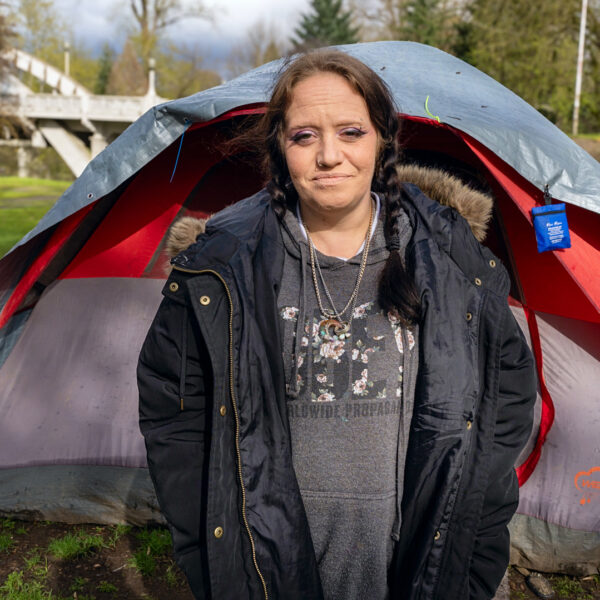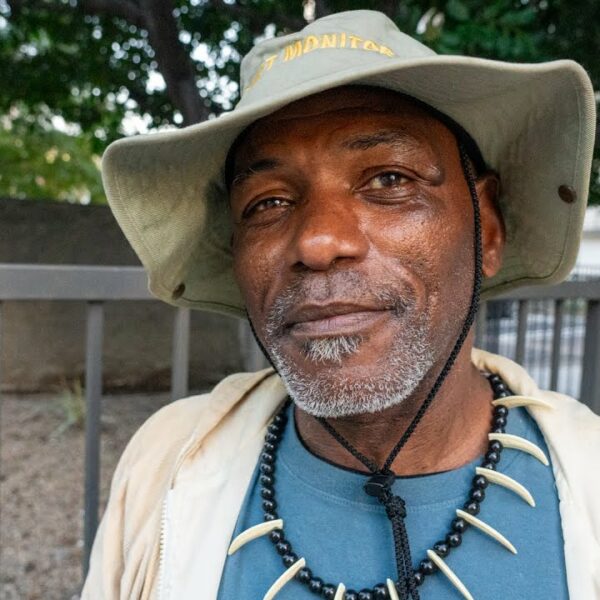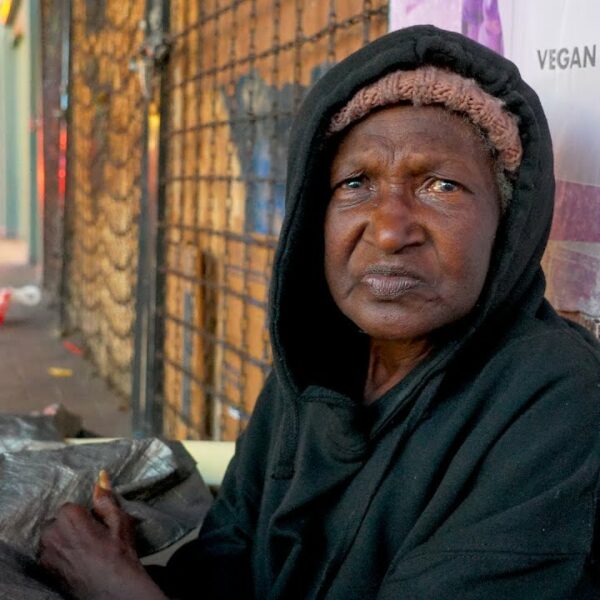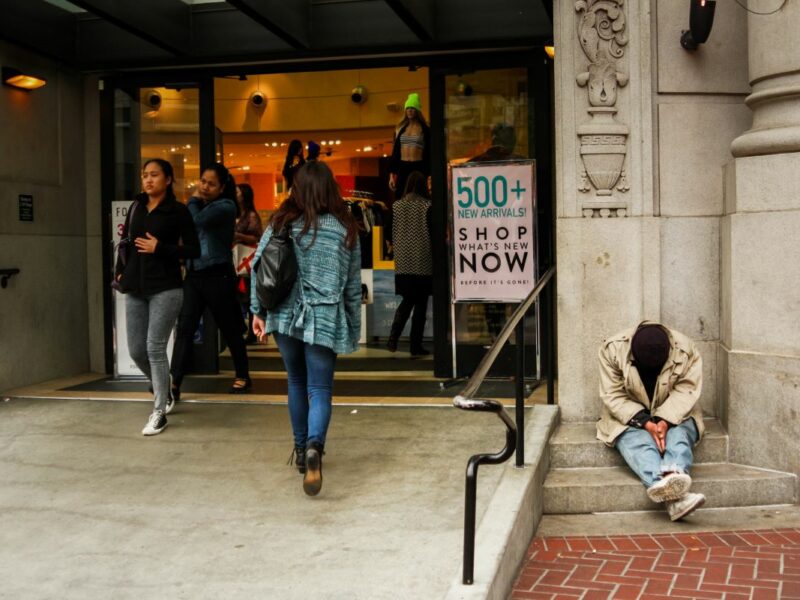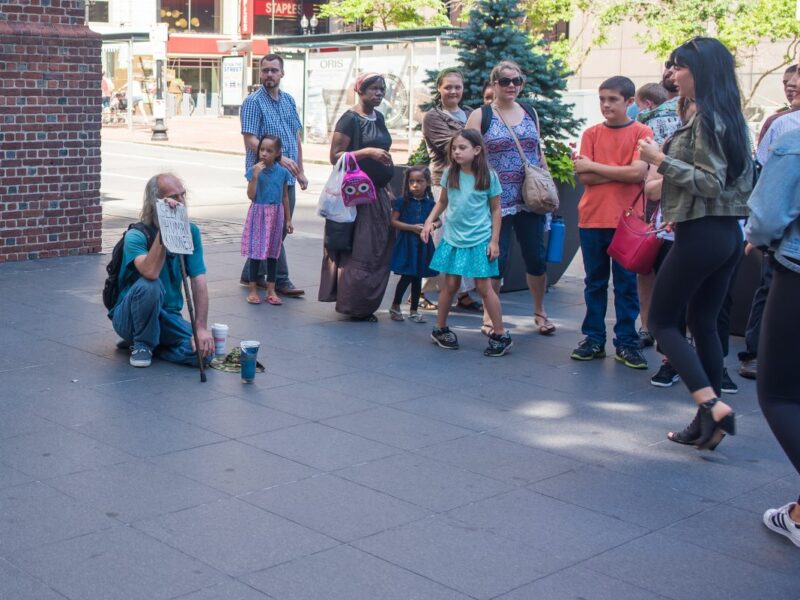Expanding the Housing Choice Voucher (HCV) system can increase housing stability and lifetime earnings for tenants in low-income areas, according to new research by Housing Matters, an initiative of the Urban Institute.
“A full or partial expansion of the HCV Program, coupled with funding for mobility services, could lift millions of families out of poverty, reduce persistent racial wealth gaps, and help families of color access low-poverty neighborhoods,” wrote Abby Boshart, a policy coordinator at Housing Matters.
How Housing Choice Vouchers Work
The Department of Housing and Urban Development (HUD) describes HCVs as the federal government’s primary way of assisting low-income families and elderly and disabled people facing housing instability.
Participants are eligible if they make less than 50 percent of an area’s median income (AMI). However, the lion’s share of HCV allocations is reserved for individuals and families earning less than 30 percent AMI.
Those who receive HCVs can use them in any housing that meets the program’s specifications, as long as the landlord agrees to participate in the program. Renters are not limited to subsidized housing projects, unlike other vouchers.
HCVs are administered locally by Public Housing Authorities who make monthly payments to participating landlords in a tenant’s name. The tenant is then responsible for paying the difference between the monthly rent and the HCV payment.
Program Benefits
The program also benefits low-income households by allowing them to move out of low-income neighborhoods. Due to decades of exclusionary housing policies, many households include renters of color. Expanding the HCV program can have a disproportionate impact on reducing racial poverty and wealth gaps.
HUD says these families are at high risk of experiencing transitory homelessness without assistance. They may also have to forgo other life necessities, such as food, clothing, and medicine.
Federal Assistance
Expanding the HCV program is a central tenant of President Joe Biden’s Build Back Better framework. It aims to provide $26 billion to incrementally fund the program over the next five years and add between 200,000 and 300,000 vouchers to its purse.
If passed, this funding total would be more than at any point in the program’s history. It would also expand the number of people the program serves to nearly 2.6 million families.
Research from the Center on Poverty and Social Policy at Columbia University found that the HCV program can reduce local poverty rates by as much as 43 percent. However, it also found that only 23 percent of people who qualify for HCVs receive one. President Biden has proposed making HCVs an entitlement to fix this. However, the proposal faces a steep climb in a sundered Senate.
If Congress fully funded the HCV program, it could lift more than 9.3 million people out of poverty. It would also slash poverty rates for households of color.
Landlord Incentives
Another important aspect of President Biden’s housing policy framework includes significant investments in mobility services. These help low-income tenants move to higher socio-economic neighborhoods.
The legislation includes $300 million to fund mobility-service-related grant projects. It also includes another $230 million of “landlord incentives” to increase participation in the HCV program. Low landlord participation has been one reason why the HCV program hasn’t been successfully expanded before.
“Though voucher holders have the option to move to new neighborhoods, many remain concentrated in impoverished and racially segregated neighborhoods with low opportunity in part because of barriers to locating qualifying units with participating landlords,” Boshart wrote. “This is especially true for Black and Latinx households, who are more likely than white recipients to remain in these neighborhoods.”
Local authorities can reverse these trends by engaging with landlords and providing local incentives. Some examples include reimbursing landlords for damages up to a specific dollar value or paying tenant application fees.
State governments could also use potential rental assistance fund surpluses, state and local recovery funds, or budgetary excesses resulting from federal stimulus payments to fund additional navigation services.
How You Can Help
The pandemic proved that we need to rethink housing in the U.S. It also showed that aid programs work when agencies and service organizations have sufficient funds and clear guidance on spending aid dollars.
Contact your representatives and tell them you support keeping many of the pandemic-related aid programs in place for future use. They have proven effective at keeping people housed, which is the first step to ending homelessness once and for all.




